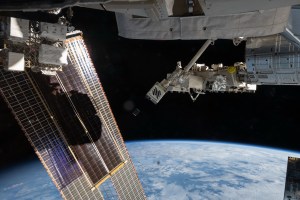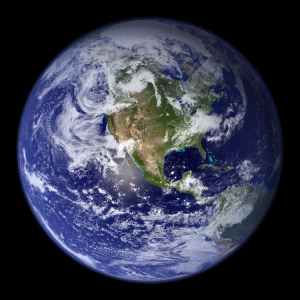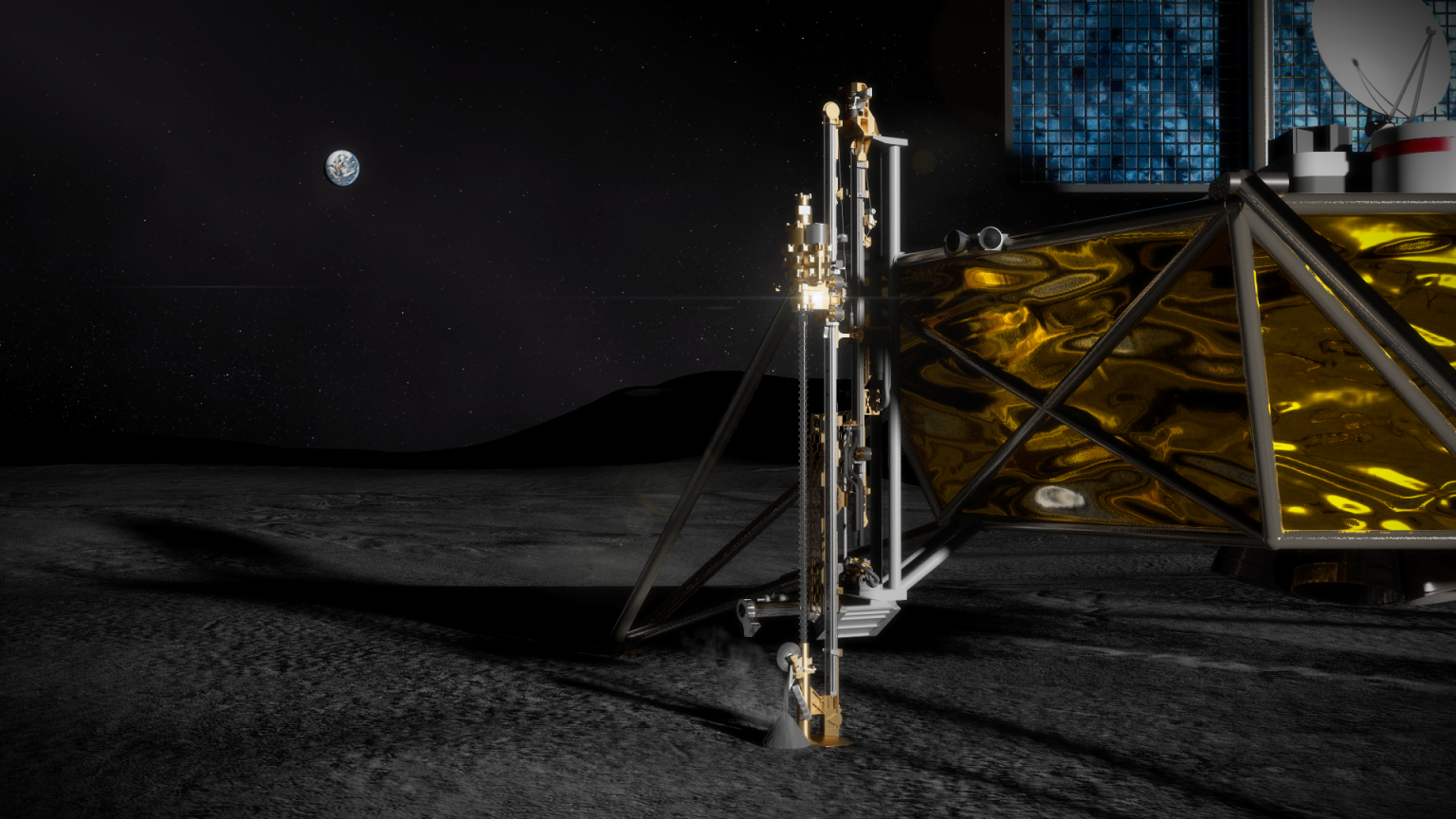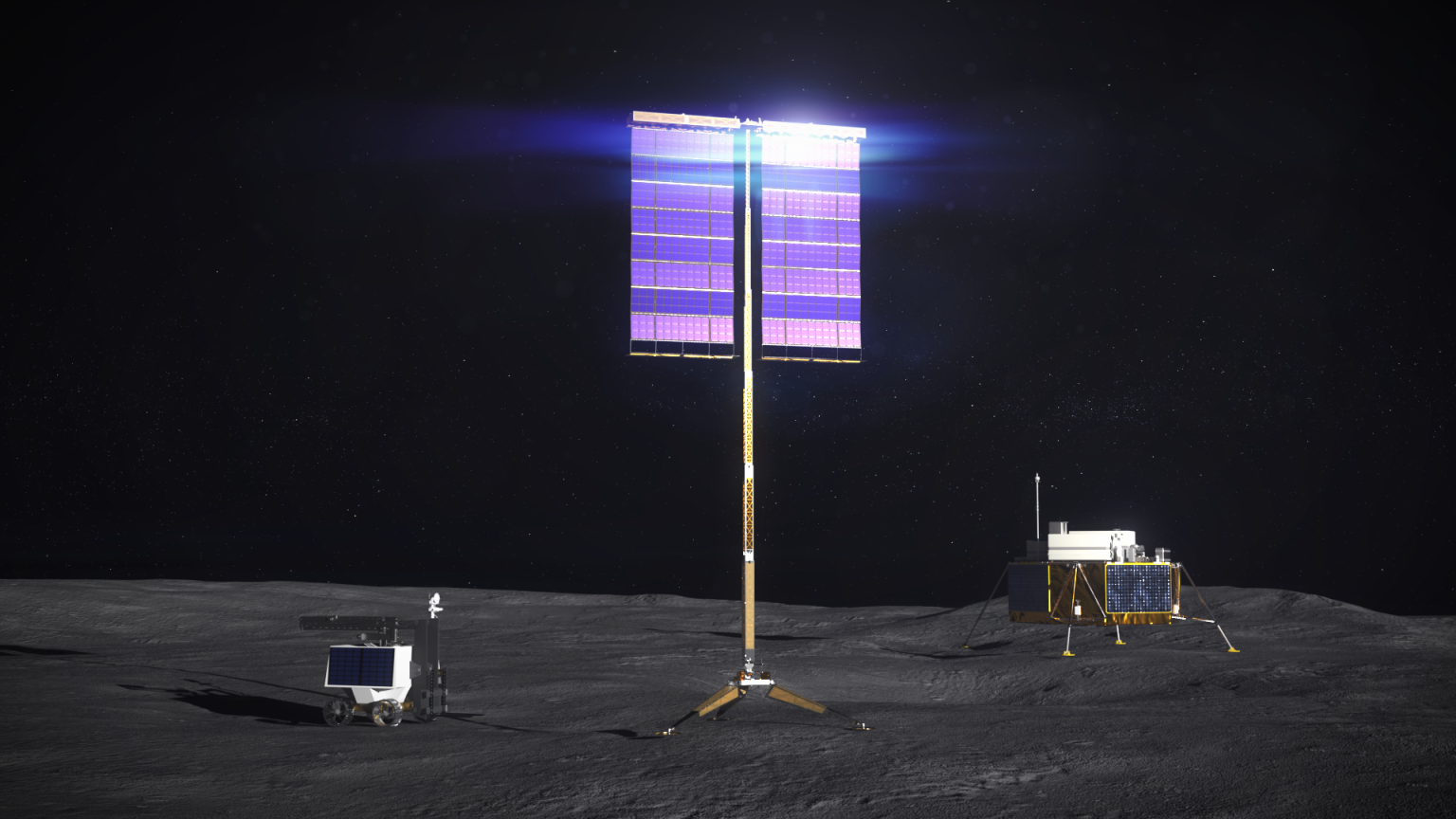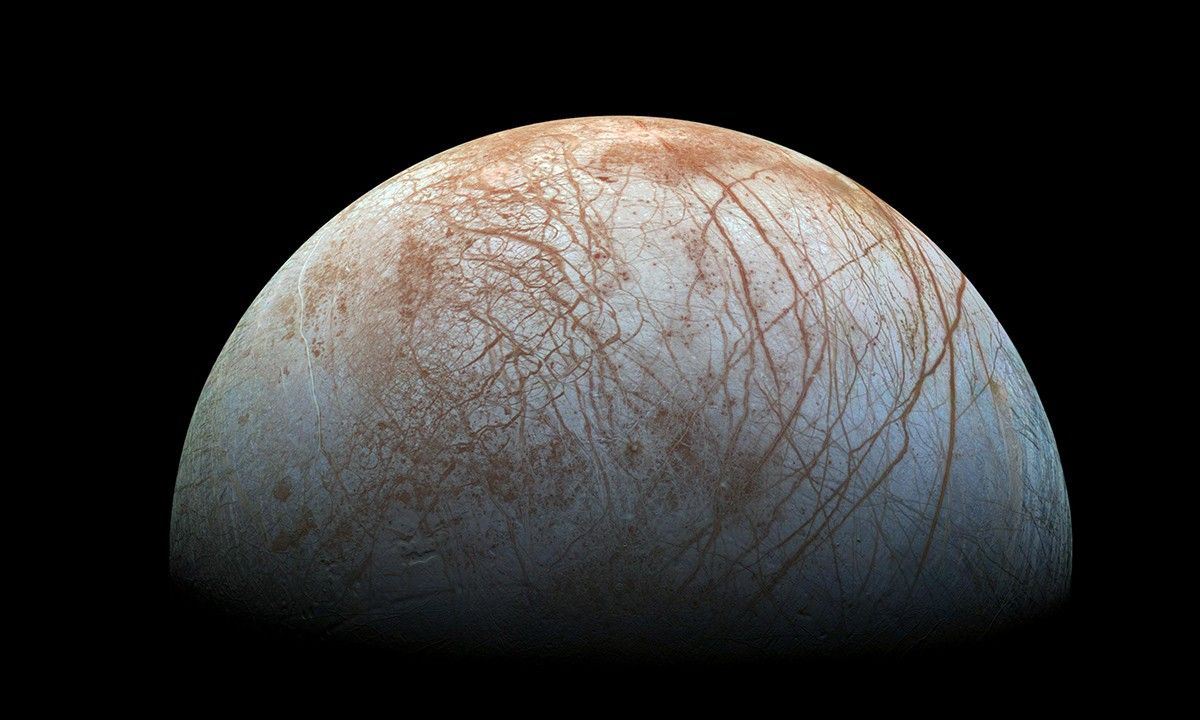Note: Please note that this is an “archived project” and is no longer updated. This article is meant for historical purposes only.
NASA seeks to explore Europa to investigate its habitability, distinguish any ice and water layers, and characterize geology. Ocean Worlds Europa Technologies (OWET) project is investigating a variety of instrument concepts to support NASA’s endeavors in its Europa Lander Mission, the earliest launch date being proposed for the 2020s. Because of its shell, however, a lander can’t dive into Europa’s icy waters to obtain samples. But the lander could sample both the surface and the waters underneath by maneuvering to touch down right beside one of the surface’s open crevasses that have been observed to occasionally spouting water from beneath.
Setting a lander down on Europa could offer an unprecedented look at the composition of the ice on the surface, but more important, it could study molecules in the global liquid ocean where life could exist. Measurements obtained from the moon’s surface and what lies below could allow for direct analysis of the satellite’s chemistry and mineralogy through in situ investigations and measurements that are not possible to achieve remotely.
Currently under investigation within the Game Changing Development Program are concepts to develop an intelligent landing system, control mobility and sensing, create a compact avionics package, and produce low-temperature battery technologies that enable an extended Europa Lander Mission architecture.
Check out an overview with video clips on some of the technology concepts under development for the Europa Mission here: The 5 Coolest Gadgets on NASA’s New Europa Robots.
Listen to the podcast interview on Cool Science Radio with Dr. Andrew Shapiro, manager of early stage innovation for the Space Technology Office at NASA’s Jet Propulsion Laboratory, talking about current projects and managing a lab where ideas become concepts, possibly projects and even part of a mission for robotic and manned space exploration.





























